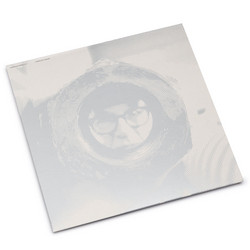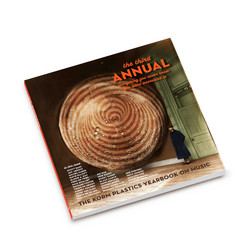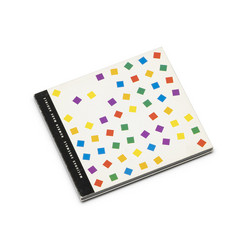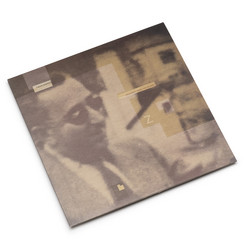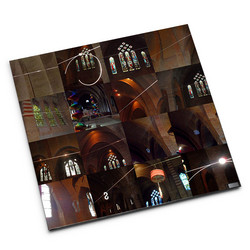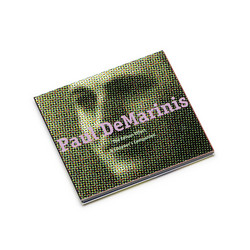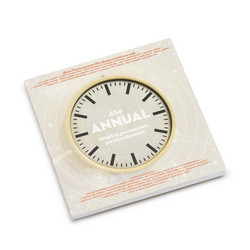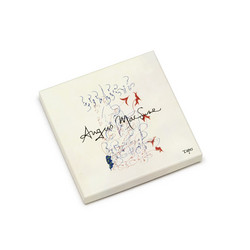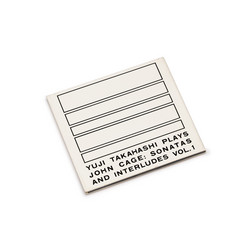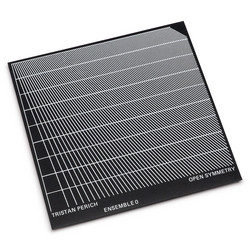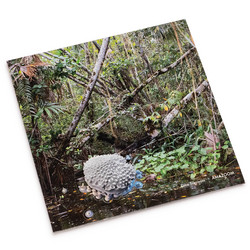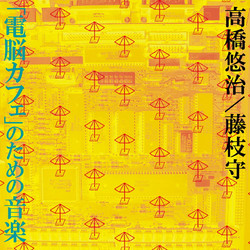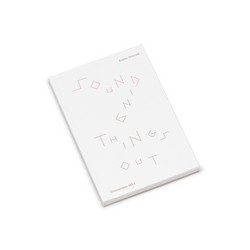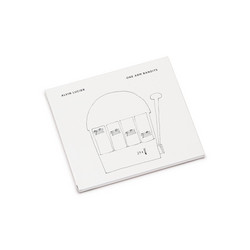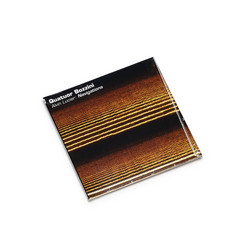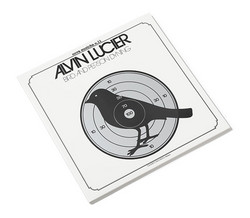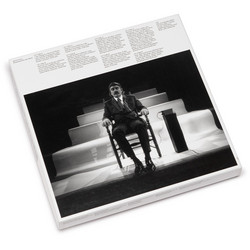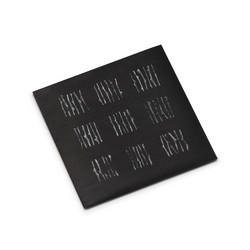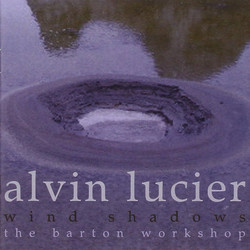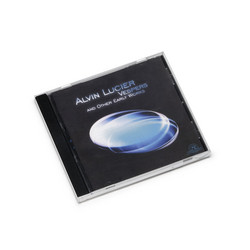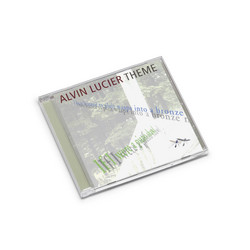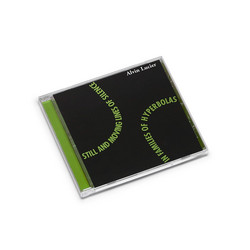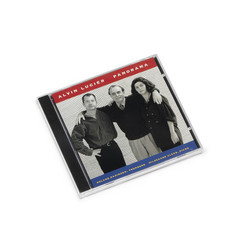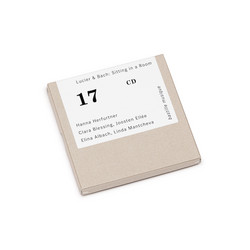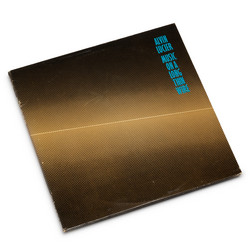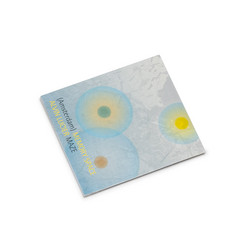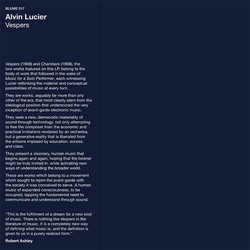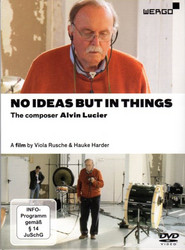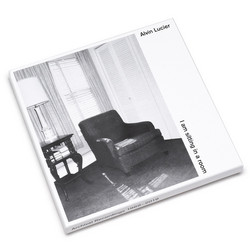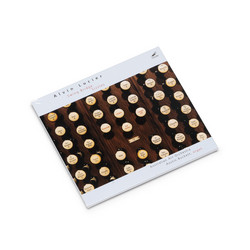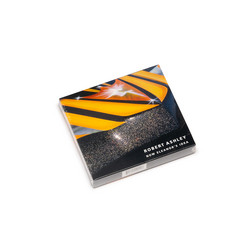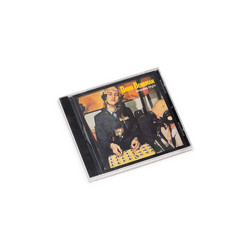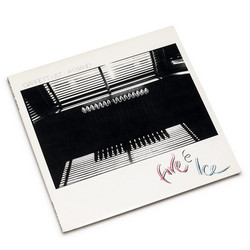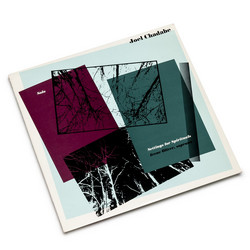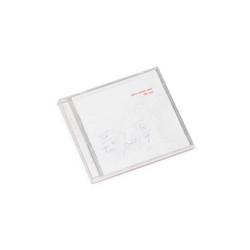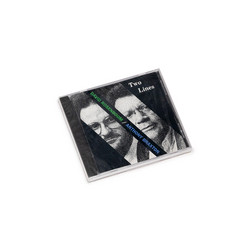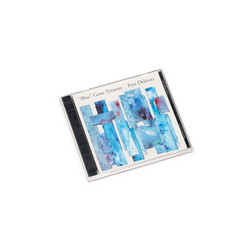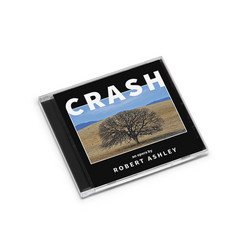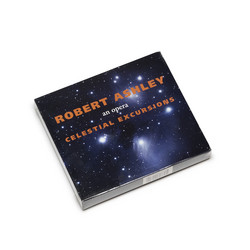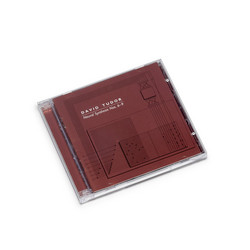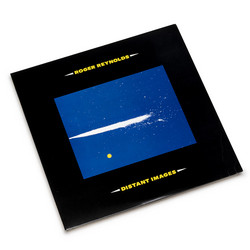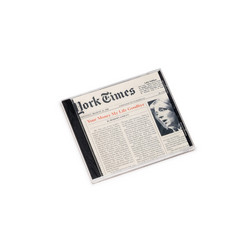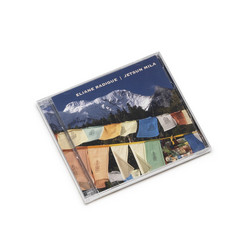Alan Licht's minimal Top Ten
Alan Licht's revelatory lists of rare and obscure minimalism releases.
See allFirst released on Lovely Music in 1980, Music on a Long Thin Wire is a classic example of Alvin Lucier's investigations into the physics of sound and the sonic properties of natural processes. A 50-foot length of taut wire passes through the poles of a large magnet and is driven by an oscillator; the vibrations of the wire are miked at either end, amplified and broadcast in stereo. The thin wire is set vibrating four times at four different frequencies; what results is not the low drone one might expect from a long, vibrating wire, but a complexity of evocative, ethereal chords.
The piece is constructed as follows: the wire is extended across a large room, clamped to tables at both ends. The ends of the wire are connected to the loudspeaker terminals of a power amplifier placed under one of the tables. A sine wave oscillator is connected to the amplifier. A magnet straddles the wire at one end. Wooden bridges are inserted under the wire at both ends to which contact microphones are embedded, routed to a stereo sound system. The microphones pick up the vibrations that the wire imparts to the bridges and are sent through the playback system. By varying the frequency and loudness of the oscillator, a rich variety of slides, frequency shifts, audible beats and other sonic phenomena may be produced.
This is Lucier at his most elegant: a simple physical system revealing extraordinary acoustic complexity. The wire becomes a kind of aeolian harp driven not by wind but by electromagnetic force, its vibrations creating harmonic clouds, beating patterns, and spectral phenomena that shift continuously as the oscillator frequency changes. The resulting sound is both ancient and futuristic, evoking everything from temple bells to electronic drones to the overtone singing of Tuvan throat singers.
Music on a Long Thin Wire has been installed and performed in numerous venues worldwide since its creation, including a legendary five-day continuous broadcast on public radio station KUNM-FM in New Mexico. Each installation is unique, as the acoustic properties of the room, the precise tension of the wire, and the specific frequencies chosen all contribute to the final sonic result. The piece exists somewhere between composition, sculpture, and scientific experiment, making audible the hidden life of materials and electromagnetic fields.
A masterpiece of patience, precision, and acoustic revelation.
